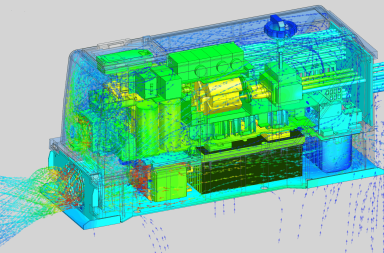In terms of simple dollar value, the oil and gas industry is generally regarded as the biggest sector in the world. Indeed, the oil and gas industry is the workhouse—the powerhouse—that employs several hundred thousand workers and generating billions of dollars around the globe every single year. Some regions of the world are home to major National Oil Companies which contribute significantly to certain national Gross Domestic Product.
To understand how the oil and gas industries operate, which DCM specializes in construction work for, let’s break it down into three key areas of operation. These are: upstream, midstream, and downstream.
Oil and Gas Upstream
The oil and gas industry upstream component—which is also known as Exploration and Production (E&P)—involves the underwater and underground search for natural gas or crude oil fields as well as the drilling of exploration wells and the drilling of established wells for recovering oil and gas. In Canada, this sector is made up of more than 1,000 companies, which is why many upstream oil and gas businesses have their head offices in Calgary as these businesses are often based in Alberta.
The oil and gas industry upstream component posts revenues in excess of $65 billion every year. More than 50 percent of these revenues come from the sale of crude oil. Of course, roughly half of Canada’s oil and gas production is exported directly to the United States.
Oil and Gas Midstream
The oil and gas industry midstream component involves the processing, storage, marketing, and transport of oil- and gas-related commodities. These commodities might include—but is certainly not limited to—crude oil, sulphur, natural gas, and natural gas liquids. Natural gas liquids can include butane, ethane, and propane. The midstream component, of course, serves as an important link between the distant petroleum producing regions of the world and those population centers where most consumers live or travel.
Oil and Gas Downstream
Finally, the oil and gas industry downstream component refers to the oil refineries and petrochemical plants as well as the petroleum product distributors, the retail outlets, and the natural gas distribution companies. In Canada, the majority of downstream companies also have their headquarters in Calgary but the biggest regions of activity are located in Alberta, Edmonton, Sarnia, and Ontario.
The downstream industry leads to thousands of products like:
- Gasoline
- Heating oil
- Asphalt
- Pharmaceuticals
- Propane
- Natural gas
- Synthetic rubber
- Plastics
- Pesticides
- Antifreeze
- Diesel fuel
- Lubricants
- Natural gas


